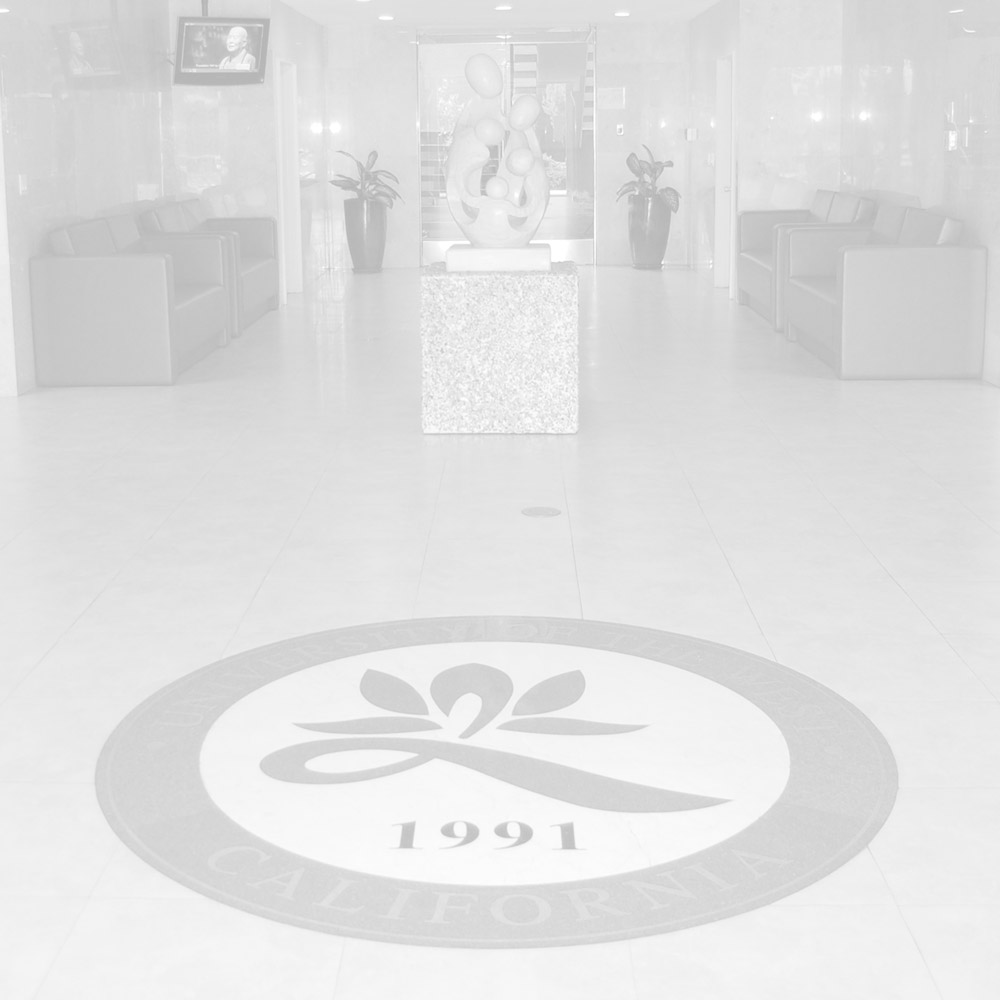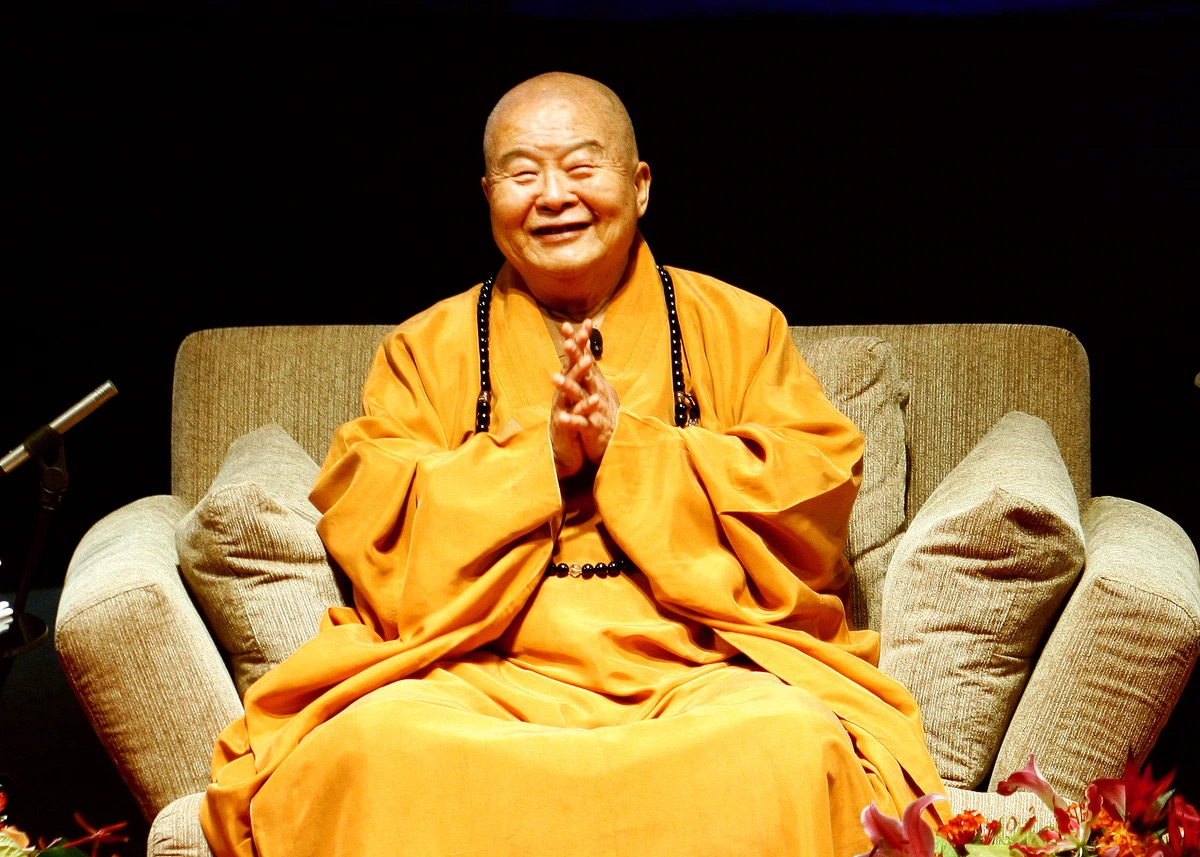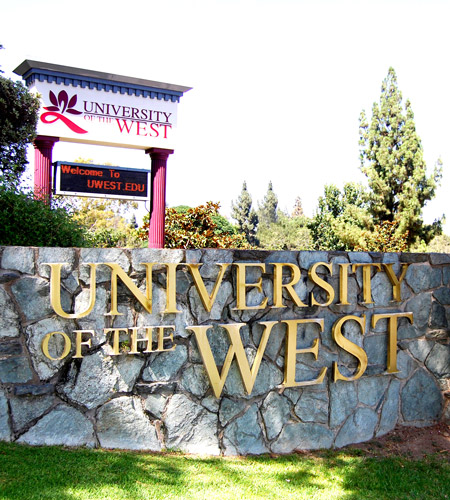About UWEST
UWest is a small school with big ideas.
At UWest, we believe in educating the whole person. Our educational programs provide an alternative to the conventional university experience by integrating Western liberal arts traditions with a global perspective and drawing from Buddhist wisdom to create a community of scholarship, service, and collaboration.
We are a community committed to learning with, from, and on behalf of others. UWest students seize the opportunity to develop their personal values and determine their individual paths to academic success.
The bigger our ambitions and the wider our perspective, the smaller the world gets.
The immense diversity of our students and faculty provides a wealth of opportunities to learn about the world outside our campus.
With over 44 countries represented in our student body, we like to say that UWest is “the entire globe on 11 acres.” Become a UWest graduate, ready to meet the challenges of a complex and globally interdependent world with creativity and compassion.
Our Mission
The mission of University of the West is to provide a whole-person education in a context informed by Buddhist wisdom and values, and to facilitate cultural understanding and appreciation between East and West.
UWest:
- Provides a whole-person education, highlighting where the intellectual, spiritual, emotional, and creative converge.
- Offers an education as unique as you are, supplying the tools and support for our students to develop their own paths to academic success.
- Delivers a strong liberal arts education that draws from Buddhist wisdom and strives toward a global perspective, to ensure that our graduates can compete and contribute in the modern world.
- Embraces and celebrates diversity as a gateway to wisdom and understanding.
- Creates an environment of compassion, encouraging our students to pursue equality and to act in service to others.
- Presents opportunities for intellectual and cultural exchange between East and West.
- Seeks and develops students of strong character, who are able to lead others and make decisions motivated by the common good.
- Establishes space and guidance for students to achieve self-knowledge for a peaceful and fulfilling life.
- Promotes spiritual knowledge, guiding students to find their purpose and meaning through “contemplative education.”
- Believes in education as conversation, with students and faculty learning with, from, and on behalf of one another.

History
UWest was incorporated as “Hsi Lai University” in 1990 by Venerable Master Hsing Yun, and opened its doors in spring 1991. The university is a pioneering partnership between Chinese and American Buddhists to establish an American university integrating liberal arts traditions and Buddhist wisdom.
In the summer of 1996 the university moved to the City of Rosemead, where it has become an independent institution of higher learning based on the model of a U.S. university.
The current name, University of the West, was adopted in April 2004. For the past several decades, the school has provided a World Class liberal arts curriculum while also preparing Buddhists for leadership in the West. Our Digital Sanskrit Canon Project and the Center for the Study of Minority and Small Business have also been established to further this mission.
Today, while continuing to fill a need in the Buddhist community, UWest serves students from all walks of life with its range of programs in comparative religion, chaplaincy, business, psychology, English, and liberal arts.

Our Founder
UWest was founded by Venerable Master Hsing Yun in 1990. Born in Jiangdu, Jiangsu Province, China in 1927, Venerable Master Hsing Yun, a widely respected advocate of Humanistic Buddhism, is also the founder of the Fo Guang Shan (Buddha’s Light Mountain) order, one of the largest Buddhist organizations in the world. Founded in Taiwan in 1967, it now has over 200 branch temples and associated centers throughout the world.
The humanistic projects of Fo Guang Shan include a children’s home, free medical clinics, a senior citizens’ home, prison ministries, disaster relief, and various other forms of community service. Fo Guang Shan also administers and sustains various cultural and educational endeavors including nursery schools, high schools, libraries, museums, colleges, and universities.
In 1962, Venerable Master Hsing Yun established the Tsung Ling Buddhist College at Fo Guang Shan, and subsequently developed fifteen other Buddhist colleges for the study of the Buddhist dharma and the education and development of monks and nuns. A related activity was the establishment of the Buddha’s Light International Association (BLIA) in 1992. This laity-based educational and service organization now has over 130 chapters with several million members in over 60 countries. The establishment of post-secondary educational institutions combining Buddhist theory and practices with formal academic studies has been a lifelong commitment of Venerable Master Hsing Yun.
To date, five such universities have been founded. The first was University of the West in Los Angeles County, USA, which opened its doors as Hsi Lai University in the spring of 1991. Nanhua University in Jiayi, Taiwan, began instruction in 1996, and Fo Guang University in Ilan, Taiwan, opened in 1999. In Australia, Nan Tien Institute was founded in 2001 and received accreditation from the Australian government to offer graduate degrees in Applied Buddhist Studies in 2009. All four universities combine Buddhist teaching and practice with academic disciplines and grant a variety of degrees from the bachelor’s level through the Ph.D. level. Guang Ming College is the newest member of the Fo Guang Shan family. Located in the Philippines, it focuses on performing arts and Buddhist studies. All member institutions are associated with and connected to an extensive network of temple-sponsored research centers, where scholars from many countries engage in research projects.
In North America, Venerable Master Hsing Yun founded Hsi Lai Temple in 1978 in Hacienda Heights, California. After ten years of preparation, the temple officially opened its doors to the public in 1988. Hsi Lai Temple is situated on 15 acres and includes ten major buildings, including the main shrine, library, auditorium, convention hall, exhibition hall, Buddhist art museum, memorial pagoda, and dining hall. Hsi Lai Temple is designed in the tradition of Chinese palatial architecture and is the most expansive Buddhist temple and monastic center in the Western hemisphere.















